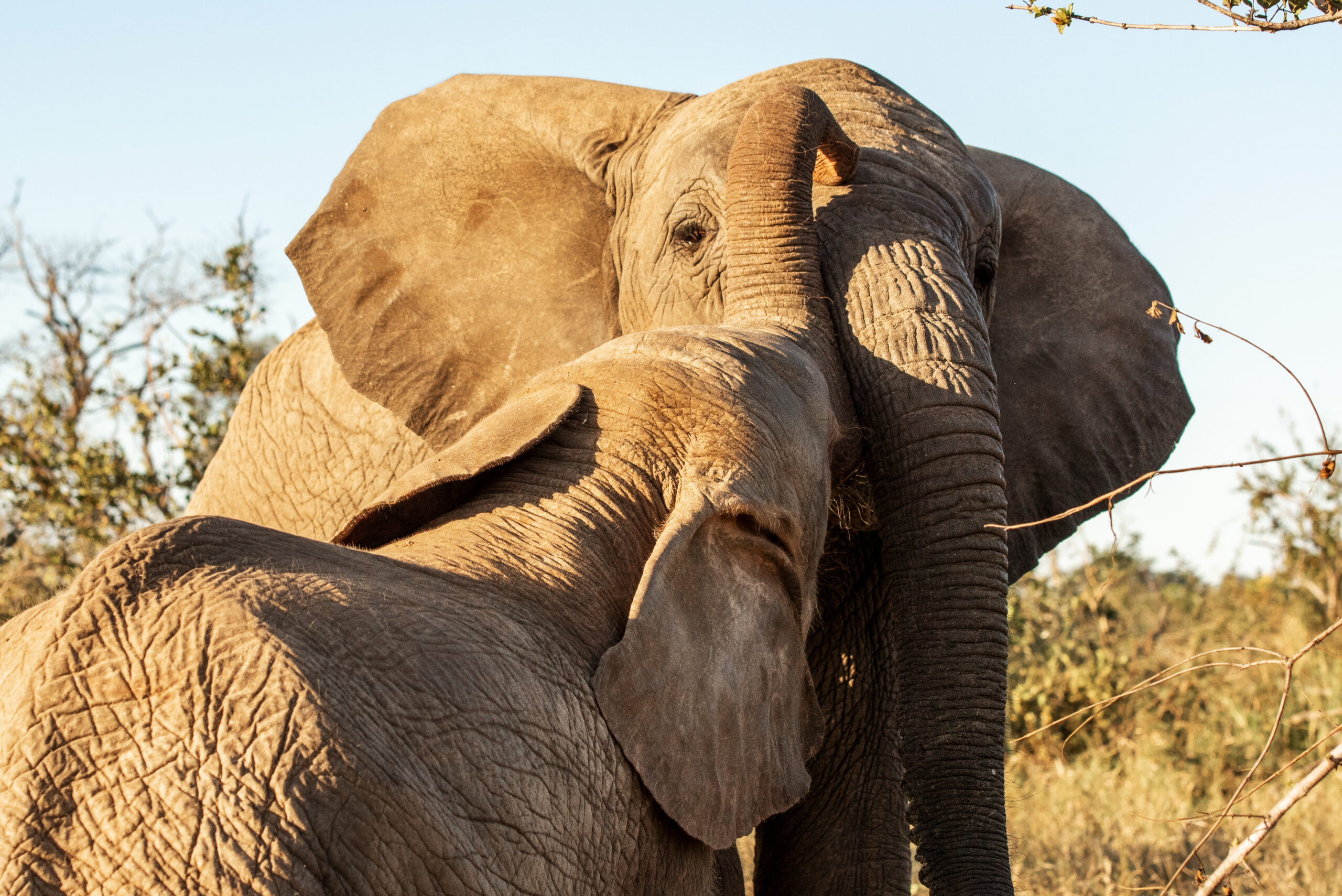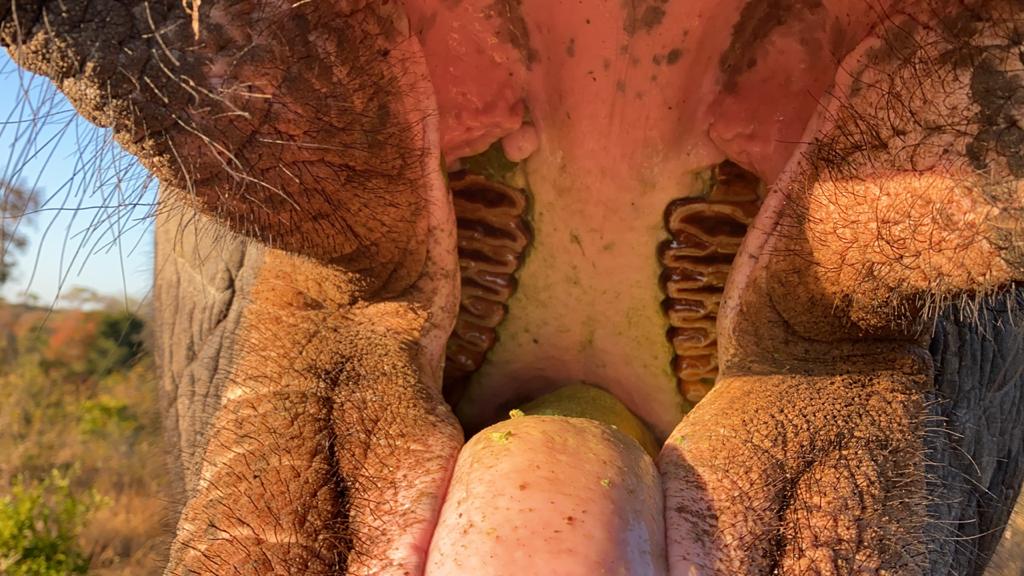“You can choose your friends but you sho’ can’t choose your family, an’ they’re still kin to you no matter whether you acknowledge ’em or not, and it makes you look right silly when you don’t.”
– Harper Lee, To Kill a Mockingbird
Elephants have been known to go without sleep for days, grabbing a bit of shut-eye while standing in the shade of a tree and foraging for fresh grass under the light of the moon. These ‘eating machines’ must eat up to 300 kgs a day to maintain their less-than-trim forms and so it might come as a surprise to discover that some of their closest relatives have a vastly different outlook on life.
Manatees and dugongs are members of the Sirenia order and are considered to be the closest living relatives of the proboscideans (animals with trunks). Also known as sea cows, these placid herbivores use their muscular upper lips to rip their favourite sea-grass from the ocean floor, roots and all.
This tasty treat is ground by molars that, like those of an elephant, are continually renewed with a conveyor-belt-like replacement of worn teeth and then digested in the caecum, an area between the large and small intestines that serves a similar role in elephants.
There are many other similarities between elephants and their sirenian cousins. Dugongs have incisors that become tusks, manatees have remnant toe nails on their flippers that are remarkably similar to those on an elephant’s feet and elephants, in turn, display many signs of their semi-aquatic past.
But every family has an oddball, that slightly weird contributor to family gatherings and, in the case of the African elephant, that’s a small and furry rabbit-like creature called a rock hyrax (commonly called the dassie). These unlikely relatives are said to share an ancient ancestor some 60 million years ago when the hyrax was a large and dominant African grazer.
These days, they share a few odd characteristics, like incisor tusks (the majority of tusked animals have canine tusks), concealed internal testes in the males, and sweaty feet. African elephants have lost most of their sweat glands, possibly as a survival tool in the African heat, but these remain in the area surrounding their toe nails. The rock hyrax sweats on the rubber-like soles of its feet which is said to aid it in gripping the rocks of its chosen home.
The rock hyrax lives throughout Africa and, as the name would suggest, lives in mountainous areas where it shelters in crevices from its many predators. They reportedly spend up to 90 percent of their day alternating between basking in the sun and resting in the shade, a stark contrast to their sleep-deprived giant cousins, the elephants.
Distant relations indeed, these most unlikely of family members may never be friends, but are proof that blood is thicker than water.




 Comment
Comment






